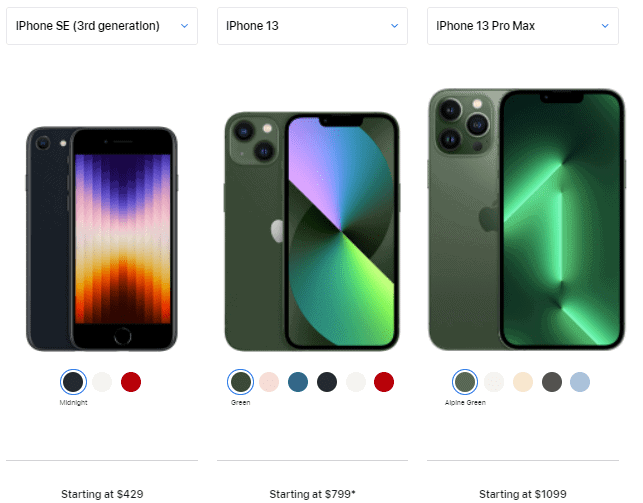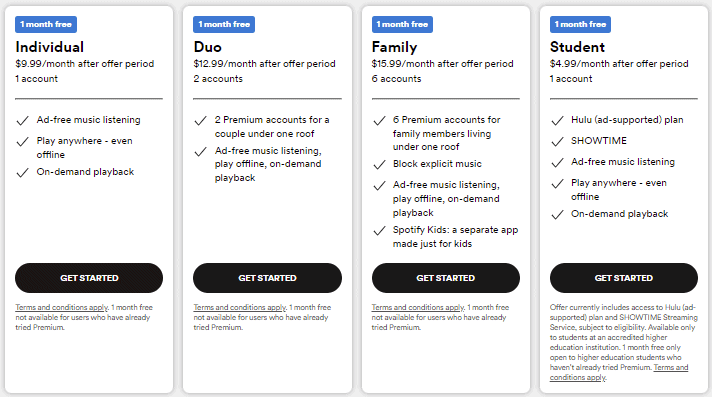Customers are not all the same. They vary based on lifestyle, behaviors, buying habits, demographics, etc. To meet customers’ diverse needs means realizing that there is no ‘one size fits all’ offering. Enter Good, Better Best pricing which offers a multitude of offers to fit varied customer needs. The strategy presents customers with scaling price points that correspond to the offer’s value. The strategy, employed correctly, maximizes revenue, profit and drives customer retention.
In 1992, Panasonics’ market share for microwaves was stagnant at 43%. They had 2 sizes costing $179.99 and $109.99. Customer research indicated that there was a segment of customers who had premium design and feature requirements. In response, Panasonic added a $199.99 top-end microwave. Two things happened, the top-end model attracted a new segment of customers and the $179.99 model picked up sales. Customers now perceived the $179.99 as cheaper given the $199.99 option, which resulted in 60% market share (+50% growth).
Many businesses are practicing good-better-best pricing, however, companies often lose sight of why it’s in place and the intended benefits. Without this strategic pricing clarity, businesses sometimes take non-sensical decisions that impact their underlying good-better-best pricing architecture.
There are 3 key reasons that Good-Better-Best Pricing Strategies are in place:
Target Premium Customer Segments and Increase Profit Margins:
Companies are always trying to increase transaction size or attract higher profitability customers. Good-Better-Best pricing ensures businesses have a premium offering for high-end customers who are looking for specialized services and are willing to pay a premium. This allows companies to address customer needs and make more profit. In rare instances we see companies introducing premium offerings that hurt their profit margins (bad GBB implementation).

Increase Volume via Targeting Price-Sensitive Customers:
Instead of companies running recurring promotions, companies can introduce a low-priced offering that increases accessibility to price-sensitive customers. These customers are ideally incremental to the organization and not simply buying down. This strategy also enables companies to defend against low-price competitors.

Boost Brand Equity
Often not considered, a best new offering can help boost the entire brand reputation, unlocking new customer segments, and encouraging upsell (existing customers to buy more premium). The benefits of the strategy go beyond just increasing profits, it upsells the entire brand and expands market share.

Final Thoughts:
Good Better Best pricing is a strategy that works. You drive more revenue, profits, and volume. It also helps provide the organization with strategic clarity on what role each offer should be playing. Unfortunately, companies sometimes stray from the core principles of good-better-best pricing which hampers growth and confuses customers
ABOUT THE AUTHOR Avy Punwasee is a Partner at Revenue Management Labs. Revenue Management Labs help companies develop and execute practical solutions to maximize long-term revenue and profitability. Connect with Avy at apunwasee@revenueml.com




